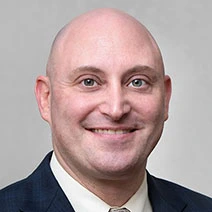Pedestrian deaths rise more than 50% in US
Pedestrian fatalities on U.S. roads have increased by more than 50% over the past decade, while deaths of people riding in cars, trucks and other vehicles remained essentially unchanged, according to an analysis of federal and state data released Thursday.
The analysis from the Governors Highway Safety Association estimated that pedestrian deaths totaled 6,590 in 2019, an increase of 5% over 2018.
It’s the highest number in more than three decades, the report said, and underscores a historic reversal that has deeply disturbed safety experts.
“Pedestrian deaths were declining for 30 years and then in 2009, a complete reversal of progress became evident,” said Richard Retting, director of safety and research for Sam Schwartz Engineering, who wrote the report for the group, which represents state safety officials.
The report pointed to a host of long-established and other likely contributors to the grim tally, which has seen the number of pedestrian deaths in the United States rise from a rate of 1.3 per 100,000 population in 2009 to an estimated rate of 2.0 in 2019.
Among them: Cellphone use has soared, distracting drivers; Americans have moved toward heavier, less forgiving SUVs; drivers are too often drunk and pedestrians are too often intoxicated as well; many roads were designed with cars, not people, in mind; and walking in the dark has become increasingly deadly, according to the report.
“Increases in pedestrian fatalities are occurring largely at night,” the report said, noting that nighttime deaths shot up.
Deaths occurring during the day were up 16% in that period.
Now, about three-quarters of all pedestrian deaths happen when it’s dark out.
That trend “suggests a need to prioritize engineering and enforcement countermeasures,” the report said, including better street lighting and more nighttime patrols.
Most pedestrians were killed away from intersections, the report notes, adding that cutting speeding can help. At busy crossings, adding flashing beacons and “pedestrian refuge islands” would make things safer. So would reducing impairment, the report said.
“An estimated 33% of fatal pedestrian crashes involved a pedestrian with a [blood alcohol concentration] of 0.08% or higher, and an estimated 16% of drivers involved in these crashes had a BAC of 0.08% or higher,” the report said.


